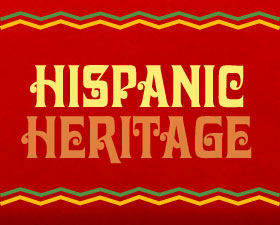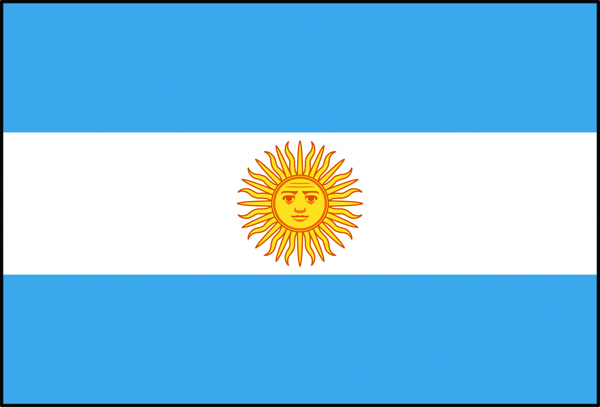Hispanic Heritage: Argentina
First explored in 1516 by Juan Diaz de Solis, Argentina began as a Spanish colony. The city of Buenos Aires, which is now home to roughly 16 million people, making it the largest city in Argentina, was settled permanently in 1580 (Buenos Aires had initially been established in 1536, but it was destroyed by natives).Though a Spanish colony, Argentina was not safe from invasion, and in 1806 the British attempted their first of two failed invasions. During the Brits' second ill-fated invasion, the defense of Argentina was led by Frenchman Santiago de Liniers.
Within a few years of expelling the British for the second time, independence was on the minds of many Argentinians, and the residents of Buenos Aires deposed the viceroy Baltasar Hidalgo de Cisneros during the May Revolution in 1810. It would be six years before the Argentine Declaration of Independence was issued, but the revolution ultimately proved to be successful and Argentina won its independence from Spain.
One of the more revered figures of Argentinian history is Eva Duarte de Peron, who was known as Evita. The wife of President Juan Peron, Eva Peron is widely remembered as a driving force behind several positive social changes that occurred in Argentina when she served as First Lady from 1946 until her death in 1952. Among Eva Peron's notable accomplishments were establishing a national charitable organization that distributed clothing, built homes and hospitals, and sponsored additional charitable organizations. Eva Peron also fought to award wage increases to the unions and pushed for women's suffrage, a push that would prove fruitful in 1947 when universal suffrage was established in Argentina.
In the 18th and 19th centuries, Argentina was second behind only the United States in the numbers of Europeans immigrants received.




